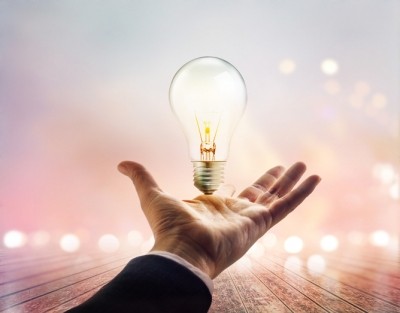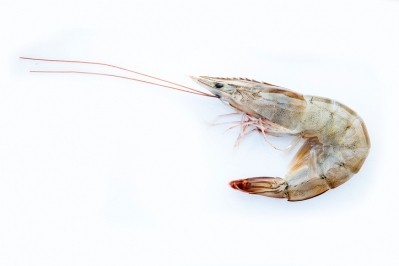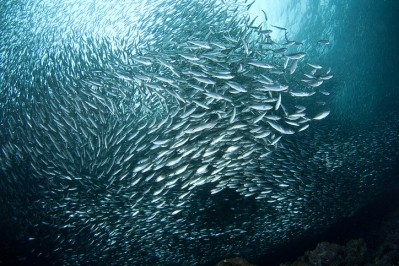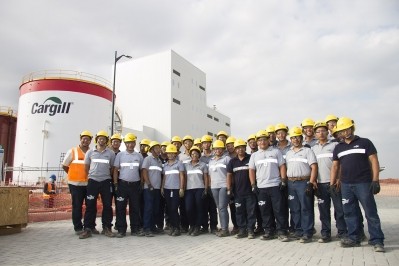Transparency in fish feed production central to development: Cargill
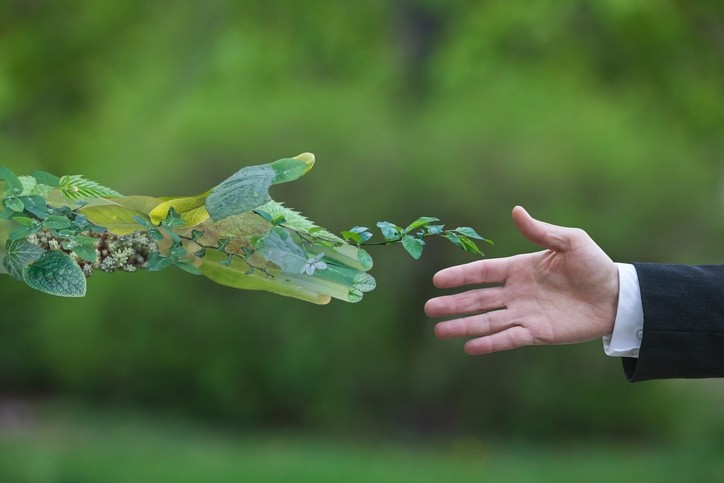
The Minnesota-based agro-giant released its aquaculture sustainability report earlier this month, which included a look at all 17 of its dedicated fish feed production sites, Cargill reported.
Those facilities produce about 1.5m tons of feed and account for about 80% of the company’s aqua feed generation.
Sustainability is seen as a driver of innovation, said Dave Robb, sustainability manager with Cargill. “Aquaculture is one of the fastest growing sectors for food production with a considerable global footprint,” he added.
“We think that it’s important to be transparent in our commitments to sustainable development as we continue to innovate,” he told FeedNavigator.
“EWOS has issued dedicated external sustainability reports every year since 2010 and this continued after Cargill acquired EWOS in 2015. So, it was a natural next step for us to include all of Cargill’s aquafeed operations, expanding our report from just salmon to include many warm water species as well," he added.
Cargill, he said, wants to show how it manages the social, economic and environmental elements of aquaculture and aqua feed production, he said.
“The global salmon industry has gained trust through transparency in feed and farming, as exemplified by the Global Salmon Initiative (GSI). We expect similar results in other species as these value chains also engage in sustainability management and reporting.”
Report highlights
Regarding aquafeed production in 2017, Cargill generated about 1.5m tons of feed for more than 30 species, the company said.
It said almost all suppliers working in the aqua feed production chain have agreed to its supplier code of conduct or demonstrated they use the same principles. The code covers a series of behaviors and practices for companies including obeying the law, acting with transparency and accountability, keeping accurate records and protecting their employees by having safe working conditions, never tolerating forced or child labor and meeting requirements for compensation.
Additionally, 29 of the 120 fisheries that Cargill sources ingredients from have received Marine Stewardship Council (MSC) certification and an additional 24 are working on earning the certification, the company said. By 2025, the company is planning to only source ingredients that are MSC certified.
About 30% of the raw material tonnage used to generate its fish feed was by-products generated from agricultural, industry or fishery processes.
Cargill also has started setting reference points for its use of energy per ton of feed produced, it said. In 2017, 1.04GJ were used per ton of salmon feed generated – a drop of 2.8% from 2013.
Similarly, about 68kg Co2 were emitted in the production of one ton of feed, the company said. The amount is down from 2013 and intended to serve as a reference point for future reductions.
The company has been reporting on greenhouse gas emissions (GHG) and energy use since 2011 as part of its global reporting initiative (GRI) commitments, said Robb.
“We are progressing well in reducing our energy use and the associated GHG emissions. Working on emissions associated with our supply chains is more difficult, due to the lack of a defined approach and variable data quality. In 2017, we participated in an EU project to define methodology for this and we are now continuing to develop that for our own supply chains.”
Functional feeds
When Cargill acquired EWOS in 2015, it doubled its feed production, said Robb. However, the company has a history of aquafeed production in parts of Asia and Latin America.
Additionally, aquaculture remains a rapidly expanding food sector, he added.
“Cargill’s size means that we have access to global supply chains to bring in optimal raw materials, produce high quality feeds and work with farmers to grow their seafood optimally,” he said. “Cargill sees that the knowledge it brings to this sector will enable it to grow its production of sustainable aqua feed, to deliver healthy seafood for generations to come.”
However, the aquaculture industry also continues to face certain challenges to production, including the health of the species being raised, he said. Part of the work Cargill is doing aims to expand options for salmon and shrimp producers to improve the health of the species they are raising without the need for additional medication, said Robb.
“Our goal is to be able to work with farmers pro-actively to develop solutions for managing fish health, through a range of complementary solutions – integrated health management,” he continued. “This is a proactive approach to fish health, which aims to pre-empt the need to rely on medicines to cure disease. It’s likely that medicines will still play an important role in aquaculture, but wouldn’t it be great if we were not reliant on them.”
There also has been a focus on the production of functional feeds to address the production of multiple species, he said. “Through contributing with dietetic solutions that contribute to proactive health management, we aim to reduce the need to resort to medicines, including pesticides and antibiotics,” he added.
“We have introduced a portfolio of feeds to support fish immunity and help fish recovering from clinical symptoms of disease along with a highly palatable base pellet to support any medical treatments that may be required,” he said. “These innovations have been well received by the market and have become important tools for fish farmers to use in combination with best husbandry practices.”
One such diet was designed using a nutritional profile and functional supplements in an attempt to help salmon resist pathogens like SRS, he said. “There is huge potential for us to transfer the knowledge we have built in coldwater, to the benefit of warm-water aquaculture, where there are many more species and the environmental and developmental challenges are also greater,” he added.
The company also in the process of adding three new aquafeed-focused mills online to produce additional feed in regions where aquaculture continues to expand, said Robb. One mill in Vijayawada, India has already opened and a refurbished mill in Mexico is set to reopen this year
“The new feed plant at Guayaquil in Ecuador is Cargill’s first operation in this country,” he said. “We want to contribute to sustainable growth of the shrimp industry and we have been supporting this region with shrimp feed imports from Peru for some time already.”
The new facility there is expected to open in 2018, he added.
